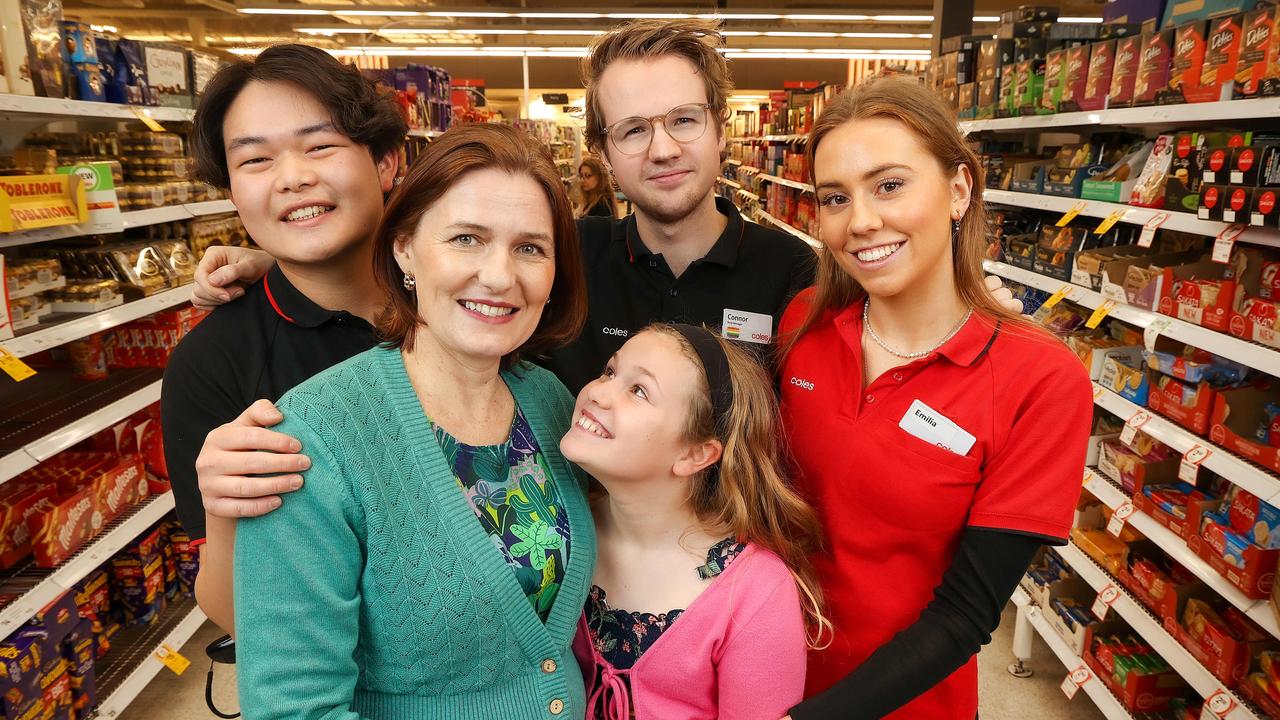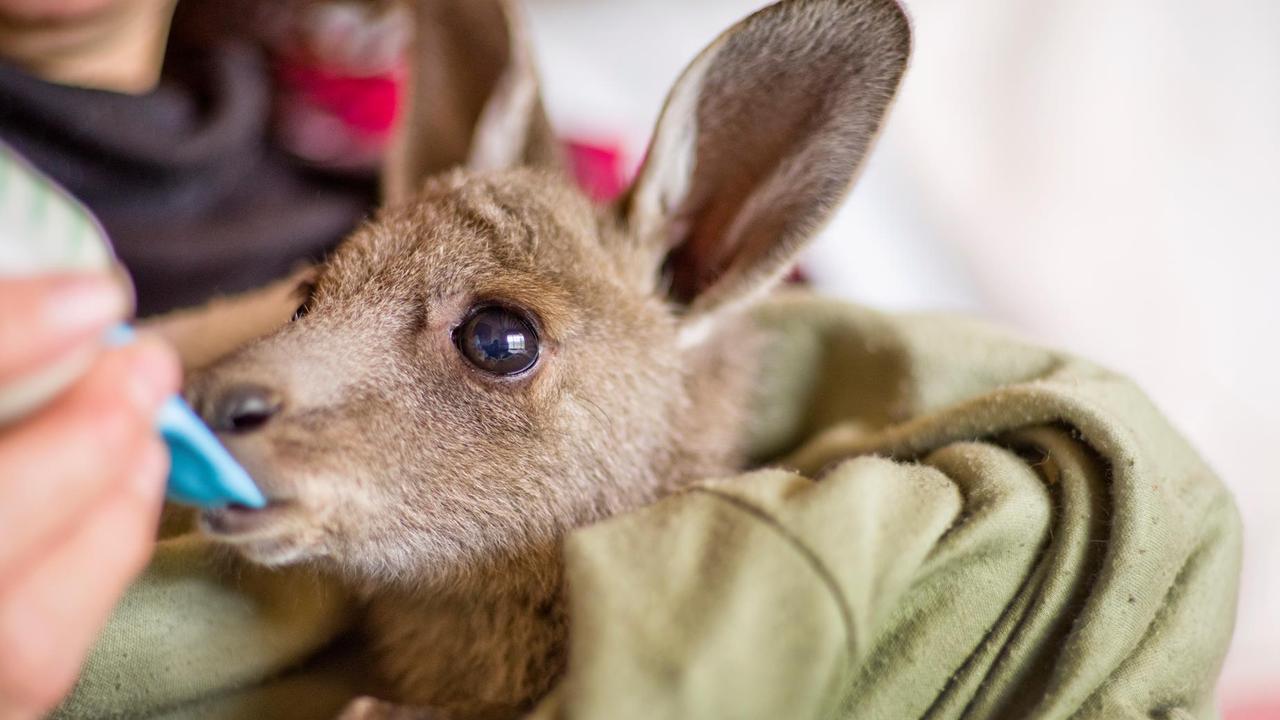Wipeout: Why Australian surf brands are falling into foreign hands
OVERSEAS firms have snapped up our surf brands, including Billabong and Quiksilver, at bargain prices. Can those brands that remain in Australian hands resist the pull?
VIC News
Don't miss out on the headlines from VIC News. Followed categories will be added to My News.
IT’S been a long time since the days when Australian surfing brands, and surfing apparel in particular, were top of the pops in the 1980s and ‘90s.
When the consumer bucks stopped rolling in, some of the biggest names in Aussie surfing, crippled by debts, fell into foreign hands.
Why did the swell get too rough for iconic names like Billabong and Quiksilver, and how can brands that remain in Australian hands, like Rip Curl, resist the globalisation of an industry so deeply rooted in Australian culture?
DIRECTORS BACK BILLABONG SURFWEAR BRAND’S $200M SALE TO US OWNER OF QUIKSILVER

How Australia’s big three began
Rip Curl, Quiksilver and Billabong, the big three of Australian surfing, were all originally backyard operations.
Rip Curl was established in Torquay by Brian Singer and Alan Warbrick in 1969, manufacturing surfboards and wetsuits. It became a global success that sponsors many of the world’s top-flight professional surfing events.
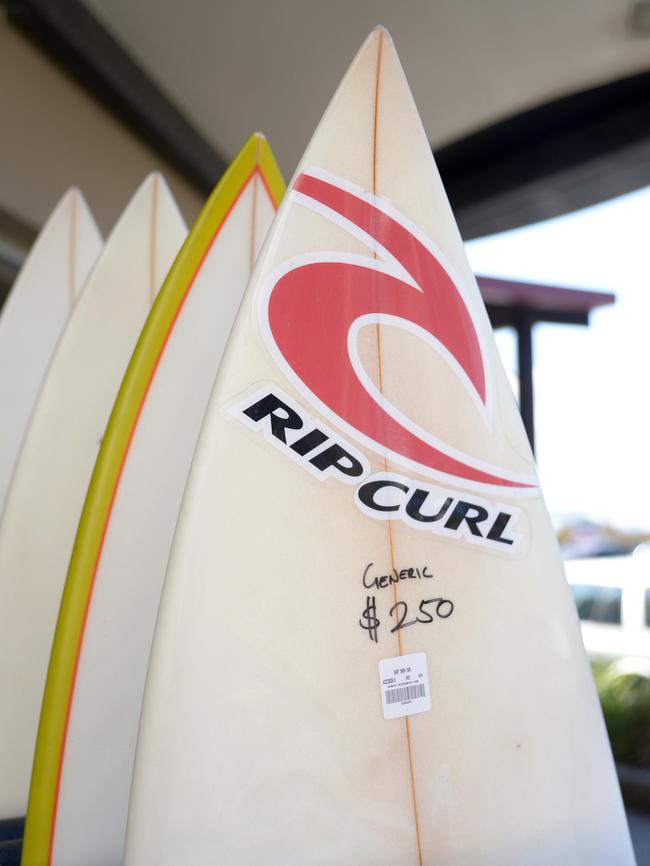
Quiksilver was founded by John Law and former Rip Curl employee Alan Green in Torquay in 1973.
Billabong was founded in 1973 on the Gold Coast by Gordon and Rena Merchant, who sewed boardshorts to sell to local retailers.
By the 1990s, each company had gone global.
Quiksilver listed on the New York Stock Exchange in 1998, with Billabong listing on the Australian Stock Exchange from 2000.
Both had global retail networks with hundreds of stores.
BILLABONG PLAYS IT SAFE WITH SWIMWEAR STYLES AND PAYS PRICE ON MARKET
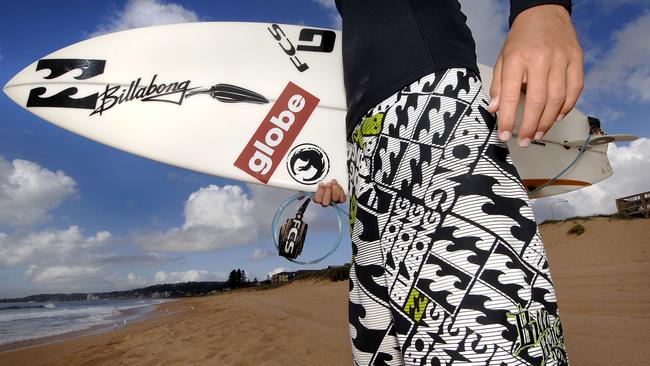
RIP CURL TAKES A TUMBLE AS DOLLAR PRESSURE MOUNTS
The rot set in for Quiksilver from 2005. In one of many takeovers of sports, clothing and apparel companies, it bought French snowsports firm Skis Rossignol for a reported US$560 million, but sold three years later for just US$37.5 million plus a US$12.5 million. The company had hundreds of underperforming stores around the world and, by 2013, had lost vast sums for six consecutive.
It filed for bankruptcy in September 2015. Private equity company Oaktree Capital Management snapped it up for a song the next year, renaming the company Boardriders.
Billabong had a similar takeover spree. The company hit the wall financially in early 2012 and, two years later, Oaktree and another company, Centerbridge Partners, took a controlling interest.
Rip Curl remains in private hands despite moves by Singer and Warbrick to sell out in 2013, and Sydney-based Hot Tuna is still Australian-owned.
How the rest have fared
Others have fallen into foreign hands.
Torquay’s Piping Hot and Sydney’s Mambo, famous for its innovative designs by former Mental as Anything guitarist Reg Mombassa and other artists, were both bought out by the US Saban Lifestyle Brands Group in 2015.
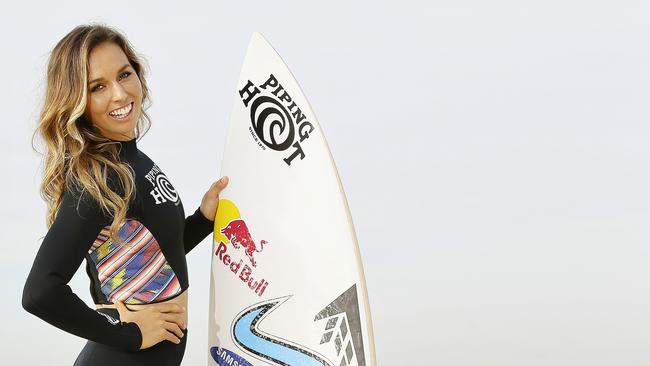
Dr Robin Canniford, from the Faculty of Business and Economics at the University of Melbourne, is a marketing and surfing industry expert.
He says Billabong, Quiksilver and Rip Curl started as niche brands strongly associated with “blond, tanned beach gods” in surfing’s golden age.
“Quiksilver and Billabong, whilst they still do a lot of surfing hardware (boards, wetsuits and equipment) probably overexpanded into the clothing market, which is an easy way to move away from your core demographic,” Dr Canniford says.
“With any of these lifestyle identity brands, as soon as you move away from that core demographic of surfers themselves and into mums, dads and schoolkids — anybody wearing the brand — the brand becomes diluted.
“What Rip Curl has done right is that they’ve stayed a little bit closer to the hardware and to the surfers, rather than the clothing.”

Quiksilver’s and Billabong’s “business school strategy” of acquisitions in the surf, skate, ski and lifestyle sectors may have worsened that identity problem, Dr Canniford says.
“You’re taking on a number of different cultures and a bunch of different brand values and identities. If you’re going to do that kind of merge, you have to match all of those up, and that’s difficult and expensive work. Maybe they didn’t get it right.”
But why do overseas buyers want our surf brands?
“There’s always some value in a failing brand,” Dr Canniford says.
“Because brands like Quiksilver and Billabong have strong historical associations, there’s something there and investors see that and are willing to take a punt on enlivening the brand again.”
Piping Hot has sold apparel through Target in Australia for around 20 years, while Mambo more recently struck a similar deal with Big W outlets.

While this may have diluted each company’s image, Dr Canniford says there may be a business upside.
“There’s nothing wrong with Big W, and business is business. They may well be selling higher volume, but it’s a question of cash versus culture,” he says of Mambo’s deal.
“There’s a lot of surfing history there, and a lot of people feel strongly about these surfing products. For me growing up, Mambo was one of the iconic Australian brands with its incredible artwork and creativity.”
Quiksilver, Piping Hot, Billabong and Mambo now all have strong connections with southern California, the centre of world surfing culture.
This may place their parent companies in a position to capitalise on a potential global resurgence in surfing in the next few years.

“Something’s about to change. Surf brands are about to enter a new era because surfing is moving into the Olympics in Tokyo in 2020, and wave pool technology is going to potentially bring surfing to an entirely new audience, changing the sport,” Dr Canniford says.
“So, as an investor if you’re able to buy a heritage, almost luxury brand at a low price, it might be a high-risk strategy but it’s certainly worth thinking about.”
Can those left bounce back?
Dr Canniford urges Australian brands to get back to basics to maintain their competitive edge.
He says Billabong’s original mystique was created on Gold Coast beaches, with Gordon Merchant selling red Billabong shorts to “beach people”. Similar grassroots surf companies exist today, he says.
“From the Australian standpoint, it’s time to realise that there’s a lot of grassroots activity in a lot of little towns. I call them tribal markets,” he says.
“That’s the future, that grassroots stuff. New kids doing creative things. Surfing isn’t one-dimensional. There are a lot of interesting people doing interesting things.
“For me, government, commerce, investors should get behind those kids and given them a break.”
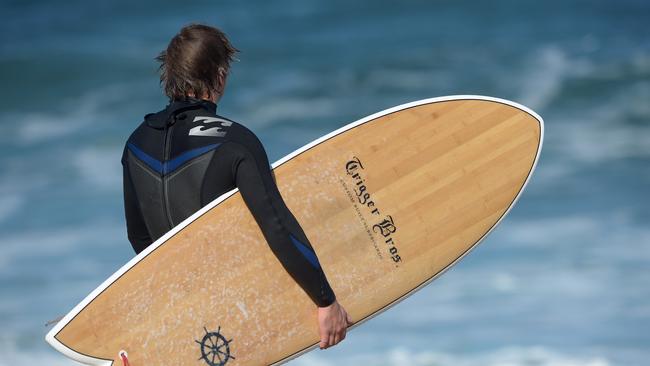
He cites two small northern NSW firms as local success stories — environmentally conscious board leash business Smart Leash Co., and Outer Island Surf Boards, featuring the work of board shaper Mitchell Rae.
“Mitchell Rae is a real example of something that hasn’t changed in the surf industry in decades, and that’s Australia’s backyard surfboard shapers,” he says.
“There are hundreds of them, and that’s what the consumers should be getting behind if we want to support Australian industry. Buy Australian surfboards. They’re great.”

